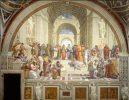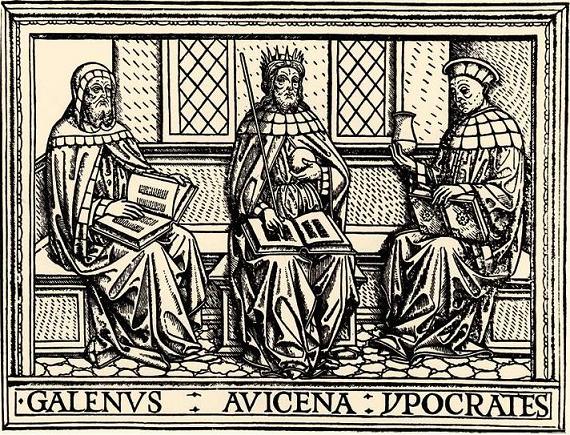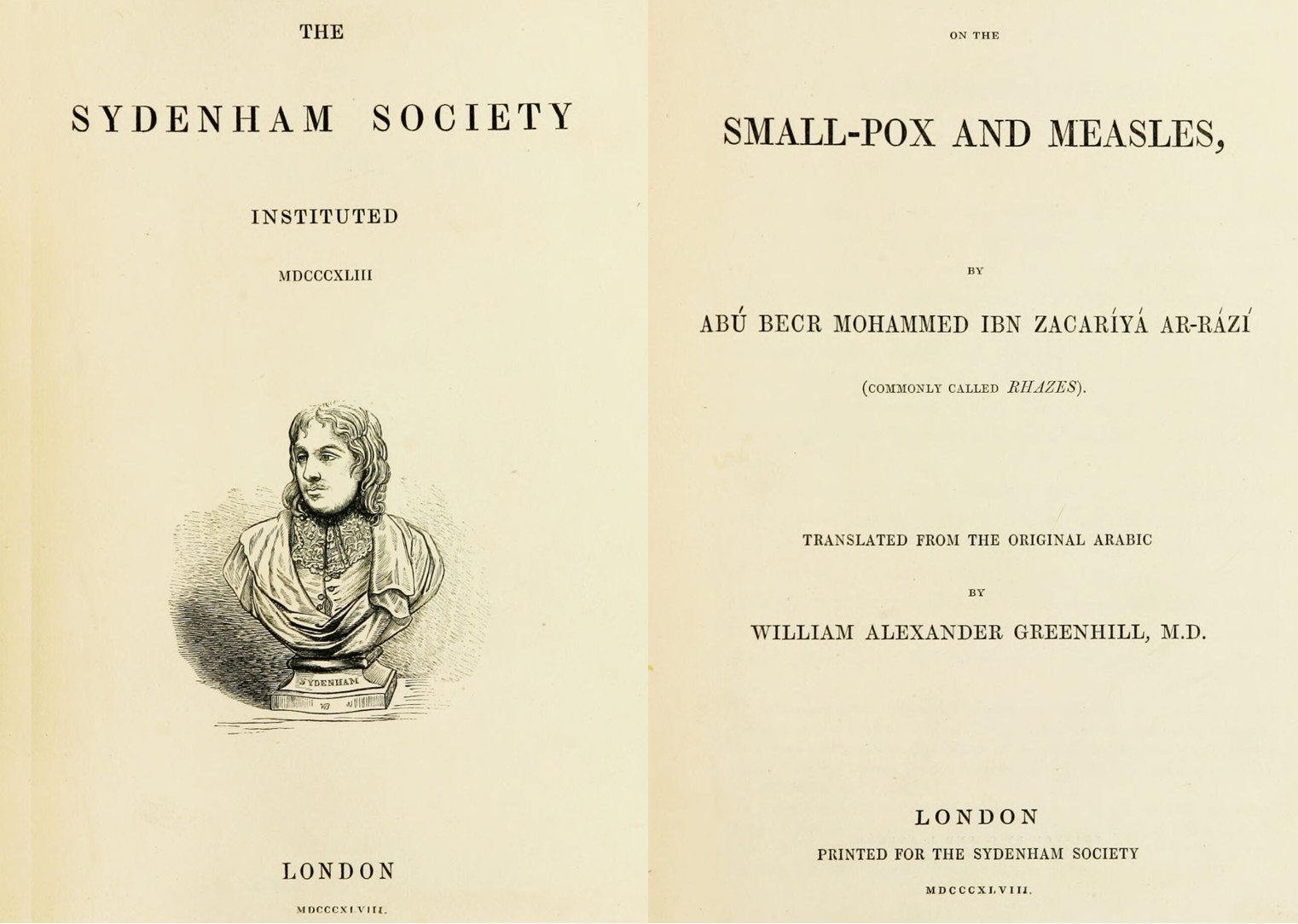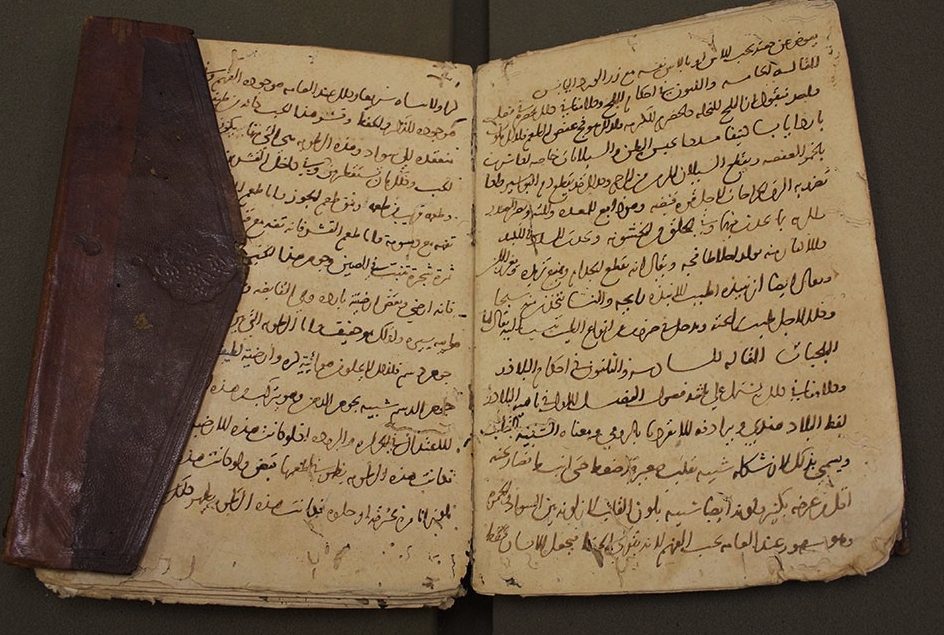

Contributions of Islamic scholars to the scientific enterprise: Chemistry, Pharmacology and Pharmacy
by Yasmeen Mahnaz Faruqi

Islamic Scholars’ Influence on Western Scientific Discourse During the Medieval Era
by Ebeneser Lumban Gaol

Scholars from Muslim civilisation made pioneering contributions to medicine, building on ancient Greek, Persian, and Indian sources while developing original theories and practices. Their medical work was rooted in both scientific rigor and the Islamic duty to alleviate human suffering. Institutions like hospitals, medical schools, and pharmacies flourished under Islamic rule. Physicians from the Muslim civilisation emphasised empirical observation, hygiene, and ethical medical practice. They also established some of the first teaching hospitals and formalised medical licensing. Their legacy not only preserved classical knowledge but also transformed it, laying the foundations for the European medical Renaissance.


Figure 1. al-Razī, latinised Rhazes (d. 925-35), Figure 2. al-Zahrawi, latinised Albucasis or Abulcasis (d.1013), Figure 3. Ibn Sina, latinised Avicenna (d.1037), Figure 4. Ibn al-Nafis (d.1288-89)
***
Editor’s Note: This extract will be part of a series of short articles based on Dr. Yasmeen Mahnaz Faruqi’s article, “Contributions of Islamic Scholars to the Scientific Enterprise”, originally published in the International Education Journal.
***
Muslims gained access to the Greek medical knowledge of Hippocrates, Dioscorides, and Galen through the translations of their works in the seventh and eighth centuries. These initiatives by Muslims could be seen in the different aspects of the healing arts that were developed. The translation movement of the twelfth century in Latin Europe affected every known field of science, none more so than medicine (Meyers, 1964).

Figure 5. Galen, Ibn Sina (Avicenna), and Hippocrates, the three authorities on medical theory and practice, in a woodcut from an early 15th-century Latin medical book (Source)
Two Muslim physicians who became known in Europe during this period were Ibn Sina (9801037) and Al-Razi (865-925). Ibn Sina devoted his life to the study of medicine, philosophy and other branches of science. Renowned throughout medieval Europe as Avicenna, he established free hospitals and developed treatments for diseases using herbs, hot baths, and even major surgery. His famous book The Canon of Medicine was translated into Latin in the twelfth century and it was used in medical schools throughout Europe until the advent of modern science (Beshore, 1998; Meyers, 1964). The Canon of Medicine contained all Greek medical knowledge together with Arabic interpretations and contributions.
Ibn Sina wrote some 99 books dealing with philosophy, medicine, geometry, astronomy, theology, philosophy, and art. Ibn Sina was also known for Kitab al Shifa (Book of Healing), in which he divided practical knowledge into ethics, economics, and politics, and theoretical knowledge into mathematics, physics, and metaphysics (Meyers, 1964).
Al-Razi, known in Latin as Rhazes, excelled in the powers of observations and wrote some 184 works on topics that he studied as a practising doctor. One of Al-Razi’s books, Treatise on Smallpox and Measles, was translated into Latin, then English and other European languages, and “went through forty editions between the fifteenth and nineteenth century” (Turner, 1995, p.135). Furthermore, he established separate wards in hospitals for the mentally ill, thereby creating the means for clinical observations of these diseases. Al-Razi also included in his studies ideas involving human behaviour, and he was a pioneer in the field of psychology, thus removing the theories of demons and witchcraft associated with these diseases in the Christian world.


Figure 8. A treatise on the small-pox and measles by Abú Becr Mohammed ibn Zacaríyá ar-Rází (commonly called Rhazes). Translated from the original Arabic by William Alexander Greenhill, 1848. (Source)
By the twelfth century, Muslim physicians had produced many works: encyclopaedias, medical biographies, texts on medical ethics, and on specialist topics such as ophthalmology. Ibn An-Nafīs contradicted the theories of blood circulation as put forward by Galen. He advanced a theory of blood circulation between the compartments of the heart and the lungs, and of pulmonary circulation or lesser circulation. In 1553, three centuries later, a Spaniard Miguel Serveto (Michael Servetus), forwarded a similar theory (Meyerhof, 1935). Ibn An-Nafīs’s theory from the thirteenth century was largely ignored. But he was among the initial precursors to Harvey’s scholarly work that revealed the circulation of blood in the human body.


Figure 9. Autograph manuscript by Ibn-al-Nafis held by the Lane Library, Stanford University School of Medicine (Source)
Muslims, using their clinical and surgical knowledge, established hospitals. These institutions were far superior to any that existed in ancient times or lands beyond the Islamic Empire. In medieval Europe, most hospitals were attached to religious orders and monasteries. In the Islamic world, during the eighth century, the first hospital was built in Damascus, having separate wards for males and females, and special wards for internal diseases, surgery, orthopaedics and other diseases. These hospitals were to become models for hospitals as we know them today (Turner, 1995).


Figure 10. The Great Mosque and Hospital of Divriği, located in modern-day Türkiye, the 13th-century Divrigi Hospital was built alongside a mosque, and the two are a UNESCO World Heritage site. (Source). Original Photo by Umut Özdemir (Source) – Hospital Development In Muslim Civilisation
Important surgical treatises were written in the tenth and eleventh centuries in Andalusia by Abu’l-Qasim al-Zahrawi, known in Europe as Abulcais. His book Kitab al-Tasrif (Book of Concessions), a medical almanack, was translated into Latin and used by Muslims and in European medical schools. The twelfth-century physician in Muslim Spain, Ibn Zuhr, known as Avenzoar, wrote works especially in anatomy that had a great influence on medical practice in medieval Europe. Thus, in the medical field, scholars from the Islamic world had much to contribute both in terms of working with ancient knowledge and through the major developments of their own. Moreover, they verified their theories through careful observations in the hospitals that they had established.
5 / 5. Votes 1
No votes so far! Be the first to rate this post.






Muslim Heritage:
Send us your e-mail address to be informed about our work.
This Website MuslimHeritage.com is owned by FSTC Ltd and managed by the Foundation for Science, Technology and Civilisation, UK (FSTCUK), a British charity number 1158509.
© Copyright FSTC Ltd 2002-2020. All Rights Reserved.
